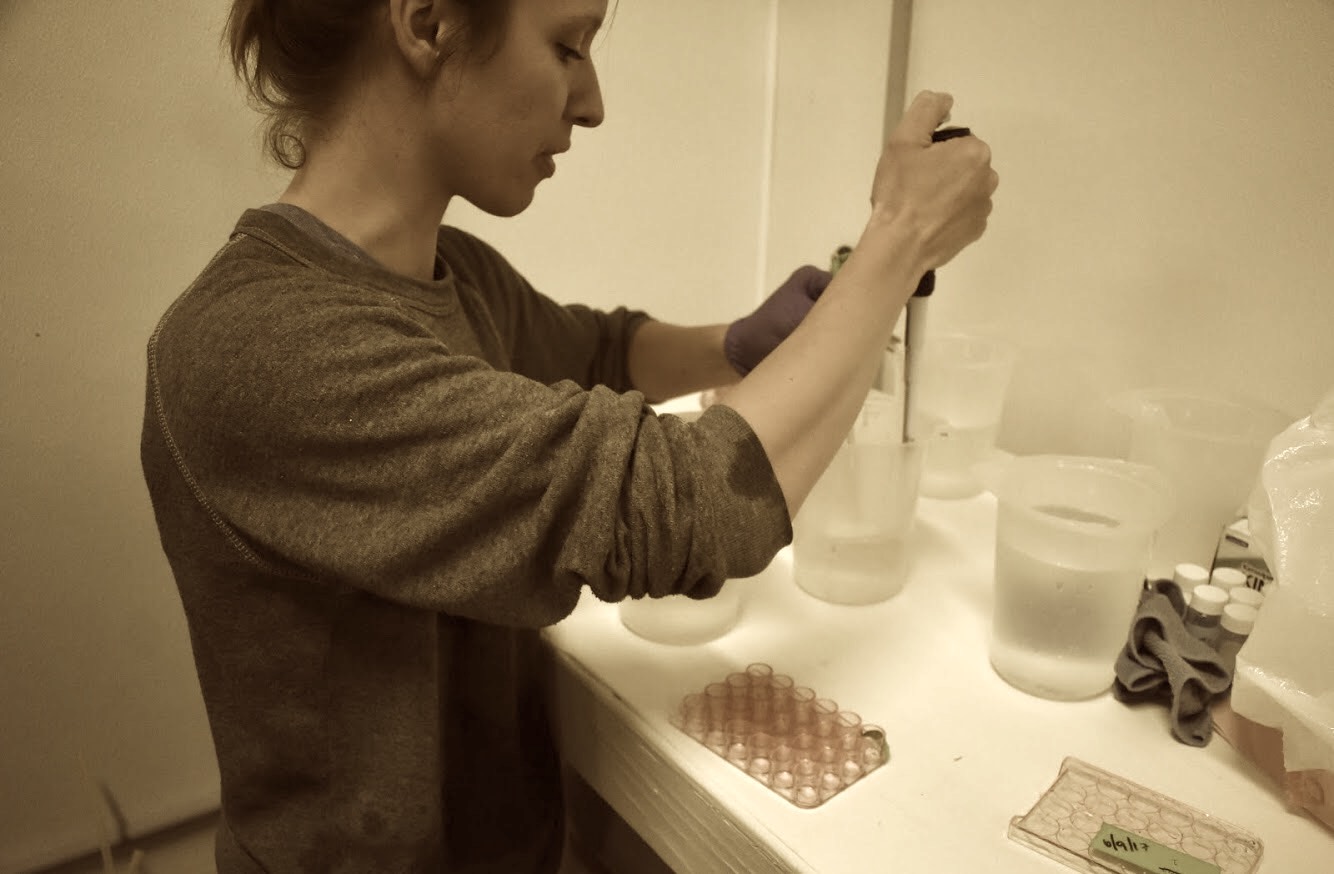Chopping Pecan into little pieces
2/22-3/10: Pecan ran for nearly 3 weeks, and although it appeared to have been functioning correctly Sean discovered that there was a problem: not enough memory to save all the feature files (there should be 80 per sample; 1 per isolation window). It would simply move on to the next sample, and thus I wasn’t getting all the peptides analyzed. Check out Sean’s notebook entry for more details.
3/9: Sean did a test run on Roadrunner with one data file and just 3 isolation windows using 3 of the 16 logical cores (we used 14 logical cores during the long run), and it worked fine, completing with a .blib file and everything in 10 hours!
Friday 3/10: We killed the long pecan run (“Pecan3”) - good news is that all the blanks worked so I won’t need to re-run them - and restarted pecan using 4 logical cores on Emu, using the 80 isolation windows, with only 4 data files queued. I selected the 4 data files so I wouldh have results from two sites, one each with both eelgrass and no-eelgrass geoduck represented. The estimated time was ~13.5 days to complete 2 data files (aka 2 samples). This is assuming that only using 3 isolation windows and 3 logical cores = 10 hours per sample file, and that increasing the logical cores from 3 to 4 results in a linear decrease in time/isolation window. With these settings I should have had data from 1 sample file done in a week, which I’ll plan on using for the poster. This Pecan run was called “Pecan4.” Check out GitHub Issue 526
Monday 3/13 Unfortunately we ran into the same memory issue as before, so killed the Pecan4 run on the morning of Monday 3/13. I then changed the settings to request 10GB memory, and only use 3 of Emu’s logical cores, and restarted Pecan with the same inputs.
Here’s a breakdown of how I made the adjustments (with help from Sean):
Logged in as Sean to decrease the logical cores used:
- in Terminal typed `sudo qmon” to open the QMON Main Control GUI
- Selected the “Queue Controls” button, and then highlighted the main queu line and selected the “modify” button:
- In the “Slots” cell clicked the down arrow to decrease slots from 4 to 3, cliked “Ok” (note: you must use the arrows to change slot numbers; it didn’t work if you highlighted and changed the number manually).
Logged back in as srlab to kill Pecan:
- type
qstat -fto view in-progress and queued job numbers - typed
qdel [job#], e.g.qdel 601, for each job. Now Pecan has stopped running.
Re-ran Pecan
- Navigated to the directory with my Pecan input files, ~/Documents/Laura/DNR_geoduck/Pecan-inputs2/
- Re-ran Pecan (bolded inputs modified):
pecanpie **-o ~/Documents/Laura/DNR_geoduck/Pecan5_output/** -s laurageo -n DNR_geoduck_SpLibrary **--pecanMemRequest 10** /home/srlab/Documents/Laura/DNR_geoduck/Pecan-inputs2/DNR_Geoduck_mzMLpath.txt /home/srlab/Documents/Laura/DNR_geoduck/Pecan-inputs2/DNR_Geoduck_DatabasePath.txt /home/srlab/Documents/Laura/DNR_geoduck/Pecan-inputs2/DNR_Geoduck_IsolationScheme.csv --fido --jointPercolator --isolationSchemeType BOARDER --overwrite

Made the percolator .job and pecan2blib .job files executable (Sean found that Pecan isn’t doing this automatically, so need to do it manually):
- Navigate to /percolator/ directory, and type
chmod +x [.job]for all .job files. - Navigate to /pecan2blib/ directory, and type
chmod +x pecan2blib.job(there’s only one .job file in this directory).


Checked out the job queue by typing qstat -f in any terminal window:

How, you might ask, did Sean know that Pecan wasn’t correctly running all isolation windows? From Sean: “I looked at the number of .feature files (in the /Pecan4_output/pecan/ directory) compared to the run number it was on. When I looked yesterday it was processing run number 60, but there was only like 10 feature files.” Meaning, there should be the same # of feature files as the number of runs (aka isolation windows).
